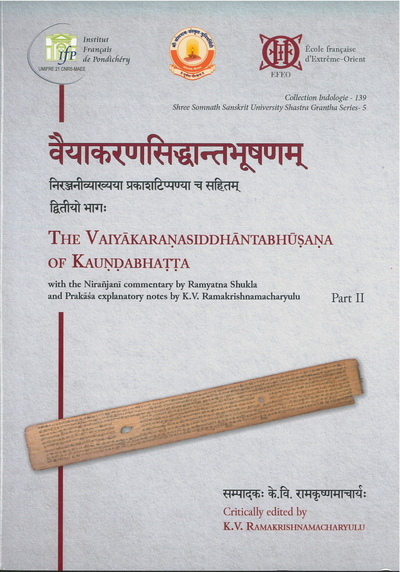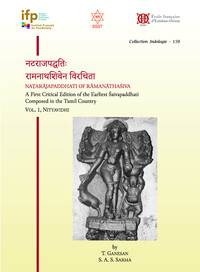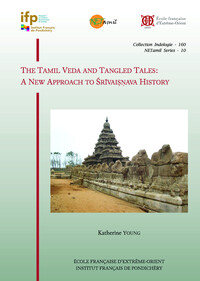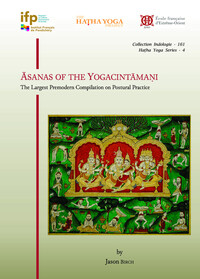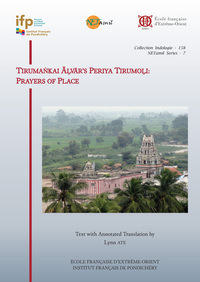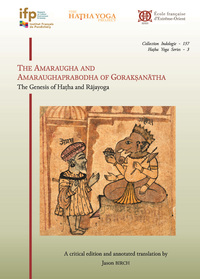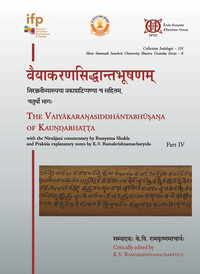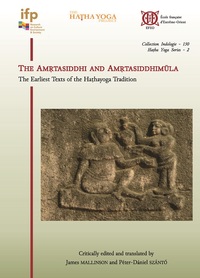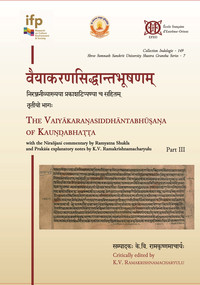Nous utilisons des cookies pour améliorer votre expérience. Pour nous conformer à la nouvelle directive sur la vie privée, nous devons demander votre consentement à l’utilisation de ces cookies. En savoir plus.
SHREE SOMNATH SANSKRIT UNIVERSITY SHASTRA GRANTHA SERIES - T139 - THE VAIYAKARANNASIDDHANTABHUSANA O
Efeo - EAN : 9782855392349
Édition papier
EAN : 9782855392349
Paru le : 15 févr. 2019
60,00 €
56,87 €
Disponible
Pour connaître votre prix et commander, identifiez-vous
Notre engagement qualité
-
 Livraison gratuite
Livraison gratuite
en France sans minimum
de commande -
 Manquants maintenus
Manquants maintenus
en commande
automatiquement -
 Un interlocuteur
Un interlocuteur
unique pour toutes
vos commandes -
 Toutes les licences
Toutes les licences
numériques du marché
au tarif éditeur -
 Assistance téléphonique
Assistance téléphonique
personalisée sur le
numérique -
 Service client
Service client
Du Lundi au vendredi
de 9h à 18h
- EAN13 : 9782855392349
- Réf. éditeur : CI 139
- Collection : COLL. INDOLOGIE
- Editeur : Efeo
- Date Parution : 15 févr. 2019
- Disponibilite : Disponible
- Barème de remise : NS
- Nombre de pages : 626
- Format : 3.70 x 17.50 x 24.50 cm
- Poids : 1.2kg
- Interdit de retour : Retour interdit
- Résumé : The Vaiyakaranasiddhantabhusana, also known as the Vaiyakaranabhusana, is a commentary on the great 17th-century grammarian Bhattoji Diksita’s Vaiyakaranamatonmajjana, written by Bhattoji’s nephew Kaundabhatta. It is one of the most important texts of the late Paninian grammatical tradition on questions of semantics. The main intention of Kaundabhatta’s commentary is to refute objections raised by proponents of the two rival systems of Logic (Nyaya) and Exegesis (Mimamsa) on various aspects of semantics, and to establish the Grammarians’ views on these subjects. The Vaiyakaranasiddhantabhusanasara, an abridged version of the Vaiyakaranabhusana by the same author, is a popular work that was commented upon more than ten times. On the other hand, nobody so far has attempted to write a commentary on the Vaiyakaranabhusana itself. The present work contains the Vaiyakaranabhusana along with a commentary called Nirañjani by Pandit Ramyatna Shukla and explanatory notes (Prakasa) by the editor. The edition was prepared by taking a 17th-century manuscript as a basis, and by comparing it with forty manuscripts from different parts of India, as well as with all four published versions, none of which can be regarded as a truly critical edition. The present volume contains the second part of the work, discussing the meaning of verbal suffixes (lakara-s), nominal suffixes and nominal stems.

